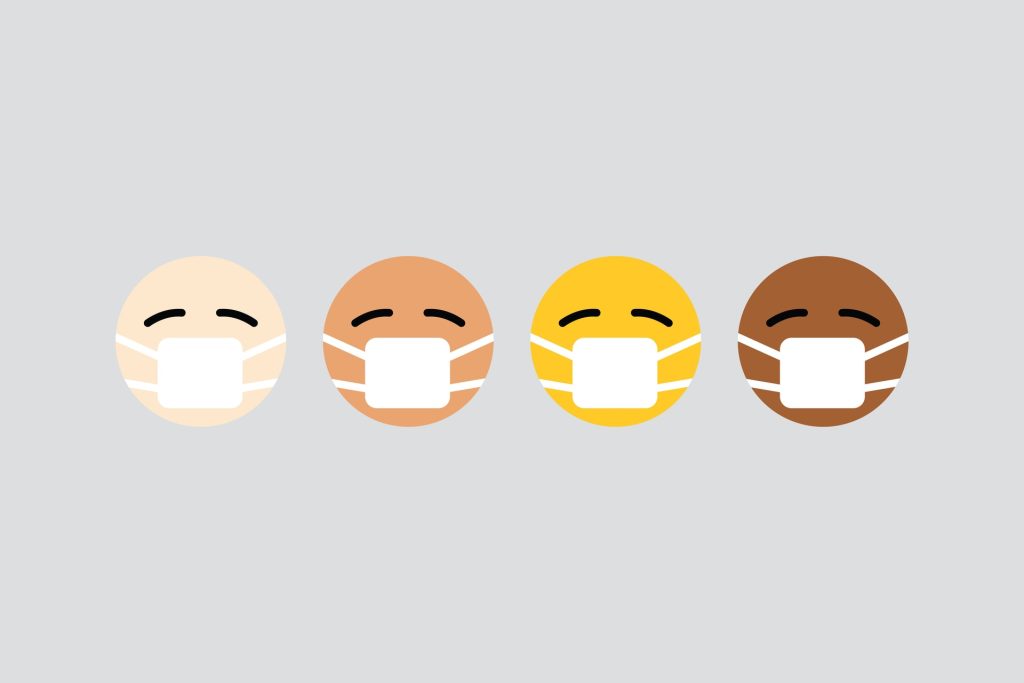New Medical Emoji Urged for Patient Communication

Emoji, those colourful symbols we use in WhatsApp and other communication applications, could be a valuable medical tool which lets patients better communicate symptoms, concerns, and other clinically relevant information, researchers argue.
In a commentary in the Journal of the American Medical Association, senior author Shuhan He, MD, an emergency department attending, advises that each medical discipline start to come up with its own unique set of iconography for official adoption and incorporation into everyday practice.
“The need to listen to patients is at the core of our mission as physicians, and the use of emoji is a great opportunity to take communication to another level,” said Dr He. “Emoji could be particularly important in treating children with still-developing language skills, people with disabilities that impair their ability to communicate, and the many patients who speak a different language.”
While around 3500 emoji are currently within the domain of the Unicode Consortium – the nonprofit organisation that maintains text standards across computers – only about 45 emoji can be considered relevant to medicine. The first, introduced in 2015, were the syringe and the pill. Apple added emoji in 2017 to represent people with disabilities, followed by symbols of the stethoscope, bone, tooth and microbe in 2019. He was co-creator of the anatomical heart and the lung emoji introduced globally in 2020 and is now working with colleagues, as well as with a wide range of medical societies and organisations to advocate for an additional 15 medically related emoji.
“It’s tempting to dismiss emoji as a millennial fad, but they possess the power of standardisation, universality and familiarity, and in the hands of physicians and other health care providers could represent a new and highly effective way to communicate pictorially with patients,” said Dr He. In emergency medical settings where time is critical, emoji could lead to a point-and-tap form of communication that could facilitate important clinical decisions, he adds. The tiny graphic symbols which now span all digital platforms – from mobile to tablet to desktop – could also have utility as annotations to hospital discharge instructions, which are often confusing if not incomprehensible to some patients.
The recent surge of telemedicine presents a great opportunity for medical emojis. It is well suited for patients visually conveying to healthcare providers the intensity of pain they have experienced over time, and for those providers to incorporate it into digital health records.
His research is on emoji to help patients and doctors communicate common symptoms – such as mobility, mood, and duration and quality of pain – that are associated with various diseases and conditions. “It’s clear that emoji have become part of the global, mainstream conversation, and that medical societies and physician committees and organisations need to take them seriously,” said Dr He. “Which means they should be determining now which emoji would best serve the interests of their patients, building consensus around the medical accuracy of these emoji, then working to get them approved through the global standard-setting body and working through the long adaptation and implementation process.”
Source: EurekAlert!

